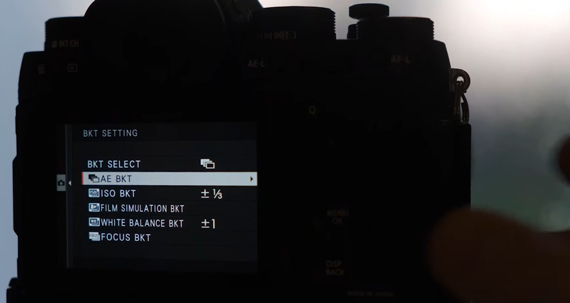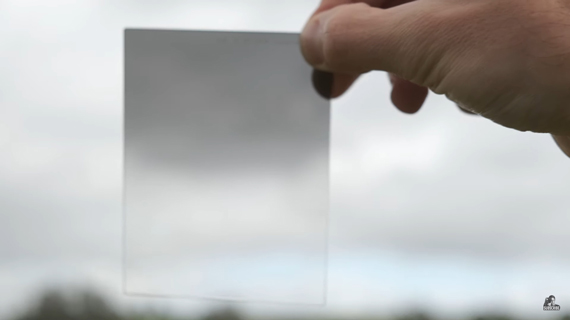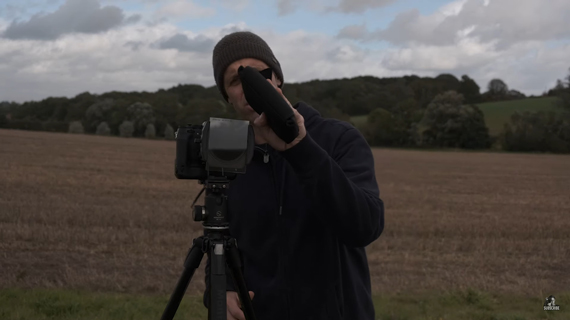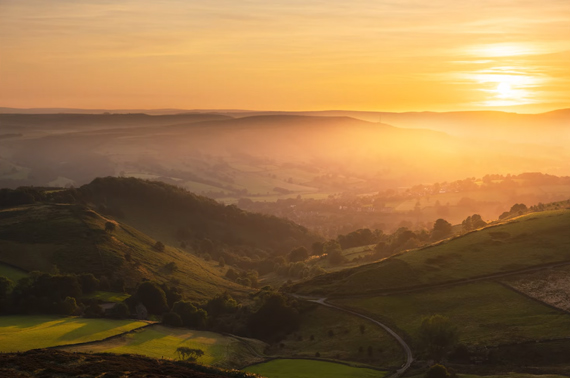Shooting into the sun is something that most photographers refrain from doing. The reason being that it poses a number of problems. Uneven exposure in the sky and the landscape, lens flare and artifacts are some of them. To help you overcome the challenges you face when shooting into the sun, photographer Ian Worth explains some shooting and editing tips in this video:
One precaution that you need to adopt while shooting into the sun is that you make sure not to look at the scene through the optical viewfinder of your DSLR. The magnified light can damage your eyes so it’s best to use the live view.
Handling The Dynamic Range
One common challenge that you’ll face when shooting into the sun is the dynamic range. Expose for the sky and you’ll end up with a dark landscape, expose for the landscape and you’ll overexpose the sky.
To combat this challenge, you can take multiple shots with varying exposure and blend them later in post. This technique is known as exposure bracketing.

“I would take a fairly balanced exposure, something that’s in the middle. Then I would set my bracketing feature up to shoot two stops over-exposed and two stops under-exposed with one stop increment.”
Since you don’t need to use any filters when using this technique, you’re free to use your lens hood. This will prevent flares from showing up in the image. This also helps in preventing loss of contrast from the glare on the front of the lens.
Aperture
Generally, you can use your lens at around f/8 which is usually the sweet spot. By stepping down the lens to around f/16 or f/22, you can get a starburst effect that can look pretty amazing. However, be aware that using the lens at such a small aperture will soften the image due to diffraction. As a workaround to this issue, you can take another image at around f/8 and later mask the starburst in the sharper image.
Graduated Neutral Density Filters
Gradual ND filters are darker on one side and gradually turn transparent. In order to get a balanced exposure between the sky and the landscape, you can use a graduated ND filter by reducing the brightness of the sky. This is a quick way to get an image that’s near perfect in-camera.

If you notice that you’re getting glares when using an ND filter, you can use your hand to block off the disturbing light.

Lens Flare
Formation of a lens flare is dependent on the angle at which the sunlight is striking the lens. Sometimes, even when using a lens hood, you can get unwanted flares in your shot. If you’re faced with a similar issue, here’s what you can do:
- Expose for the highlights in the sky and take the first image.
- Expose for the foreground and then cover up the sky region using something like a book.

You can then blend in the two images later in post to get a flare-free image.
- Open the two images in Photoshop.
- Place the image with the top half covered on top of the image that’s exposed for the highlights.
- Align the images by selecting both the layers and going to Edit>Auto Align Layers… and click on OK.
- Add a layer mask to the layer on top.
- Select the brush tool and paint over the area in the image that you’d covered with the black color selected.
Post-Processing
To further process the image to your taste, you can use the following techniques:
- Adjust the brightness and contrast of the image using the Brightness/Contrast adjustment layer.
- To sharpen selected regions in the image, you can use the Unsharp Mask. Go to Filter>Layer>Unsharp Mask… Then, you can get rid of the sharpening from any region by using a layer mask.
- Add more drama by using the dodge and burn technique. Use the dodge tool to lift up the brightness and accentuate details in the areas that are lit with sunlight. Conversely, to deepen the shadows, and add some punch, use the burn tool.

If you too had been refraining from shooting into the sun, you don’t need to avoid it anymore. Try out these techniques to photograph and edit your photos, and you’ll soon realize how rewarding shooting into the sun can be.
Go to full article: Landscape Photography Tips: Shooting Into the Sun
What are your thoughts on this article? Join the discussion on Facebook
PictureCorrect subscribers can also learn more today with our #1 bestseller: The Photography Tutorial eBook
The post Landscape Photography Tips: Shooting Into the Sun appeared first on PictureCorrect.
from PictureCorrect https://ift.tt/2v60PR3
via IFTTT






0 kommenttia:
Lähetä kommentti